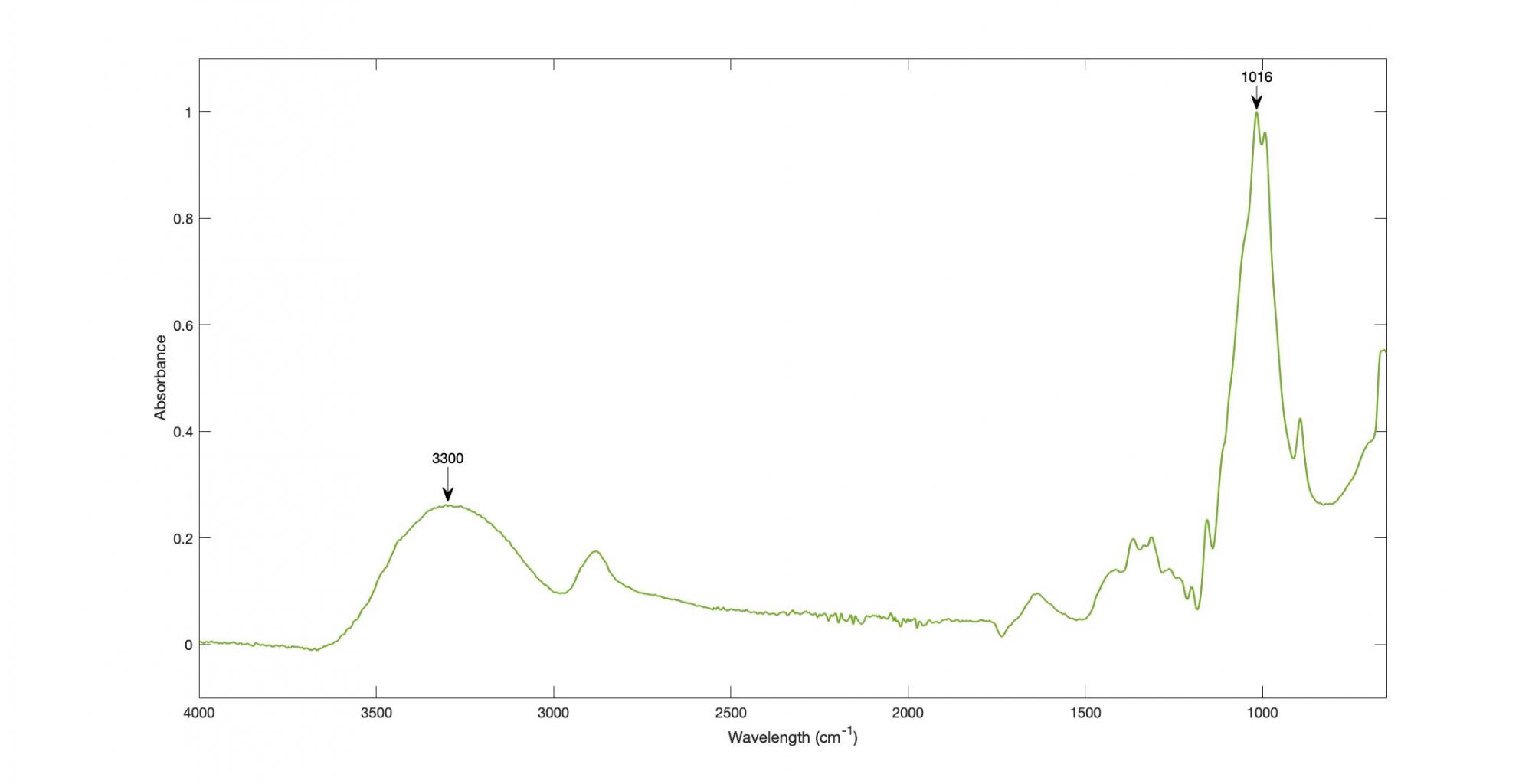See also Orange fiber viscose

Inventors: Charles Frederick Cross (1855–1935), Edward John Bevan (1856–1921) and Clayton Beadle (1868–1917)
Patented: 1892
Commercially available from: 1905, Courtaulds UK
Trade names: Lanusa; Tanboocel; Fibro; Sarille; Luvisca
Commonly used starting materials: pine trees, spruce, bamboo. For a simplified visual explanation of the process from starting materials to usable fibre please go to Fibre conversion processes: viscose rayon.
Principal characteristics: initially distinguished by its high sheen which led to comparisons with silk and to the fibre being marketed as ‘artificial silk’; soft with good draping qualities; moisture wicking; loses about 50% of its strength when wet and dry cleaning is recommended; polynosic (modal) or high wet modulus rayon commercially available in 1956 addressed this problem.
Principal uses: very versatile. First marketed for braids and trimmings. Luvisca, a mixed fabric woven with a cotton warp and viscose weft was sold from 1908. All-viscose cloth followed and knitted stockings in 1912. Early products included shirts, blouses, underwear, pyjamas, jumpers and sports coats. De-lustred and textured rayon yarns, developed in the 1920s and 1930s, increased the fibre’s potential and popularity as a fashion fibre. An important fibre during World War Two used for many utility garments. Widely used today for clothing.
Environmental impact: the wood pulp may be sourced from forests which are not managed sustainably and from ancient and endangered forests. However, some viscose manufactures have FSC (Forest Stewardship Council)-certification, meaning that the wood used to make the viscose fibres came from responsibly managed, fully traced forest plantations and is therefore guaranteed not to contribute to illegal deforestation. Some manufactures are using waste streams as the raw material for viscose production, such as Orange fiber viscose (LINK). Factory discharges, especially of carbon disulphide, can cause air, land and water pollution.
Care and signs of degradation: so far observations lead us to believe it is a relatively stable fibre. Its hygroscopic nature makes it vulnerable to mould in damp conditions so relative humidity should not exceed 70%.
Recyclable? Yes, by mechanical methods.
Biodegradable? Viscose rayon is biodegradable under optimum conditions, but the process may be inhibited by the chemicals used to dye and finish the fabric.
Potential narratives
- the launch of the man-made fibre industry in the twentieth century made chemistry central to the production of textile fibres with established chemical businesses such as DuPont (USA), ICI (Britain) and I. G. Farbenindustrie (Germany) playing leading roles.
- the new man-made fibres expanded the range of fibres available to designers and, once they were fully commercialised and accepted by the public, created more affordable and diverse fabrics
- stockings: from viscose to nylon and spandex. (NB. Cuprammonium also used to make stockings in the 1920s).
Documented garment exemplars:
- Man’s Aertex drawers (underpants) of woven viscose rayon and cotton - see 1910s and 1920s
- Jacket of knitted viscose rayon - see 1910s and 1920s
- Dress of hand-painted woven viscose rayon and acetate rayon - see 1930s and 1940s
- Dress of hand-painted woven viscose rayon and acetate rayon - see 1930s and 1940s
- Jacket from a pair of Luvisca pyjamas of a woven viscose rayon and cotton blend - see 1950 to circa 1960
- Burton man's suit of woven wool and Acrilan™ acrylic blend lined with viscose rayon - see 1950 to circa 1960
- Hugh Walker Collection woman’s suit of woven viscose rayon lined with acetate rayon - see 1950 to circa 1960
- Alexandre Ltd. man's suit of woven nylon lined with Milium, a blend of viscose rayon and metal thread - see 1960s
- Ginger Group dress of woven viscose rayon - see 1960s
- Jacket from a Burton man's suit of wool blended with Terylene™ polyester lined with viscose rayon - see 1960s
- Protective undershirt of modal, aramid, elastane and carbon fibre - see 2010s
- Salvatore Ferragamo shirt and skirt of woven Orange Fiber viscose and silk - see 2010s
- Purotatto top of MicroModal (lyocell) regenerated cellulose and casein fibre - see 2010s
